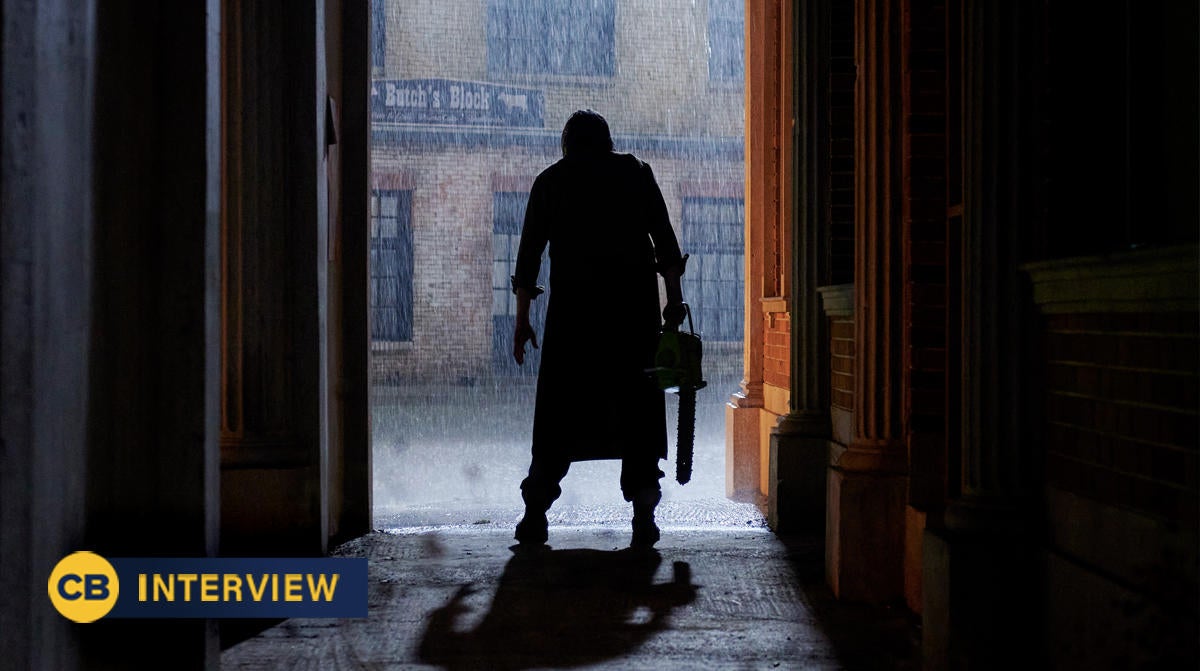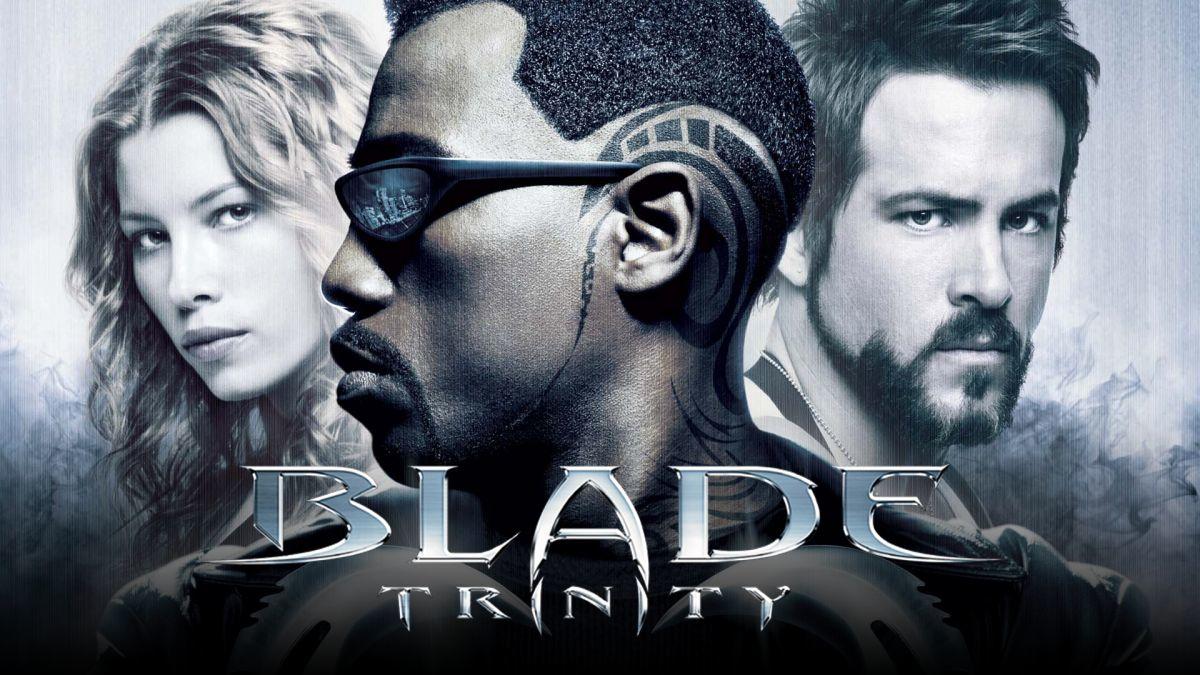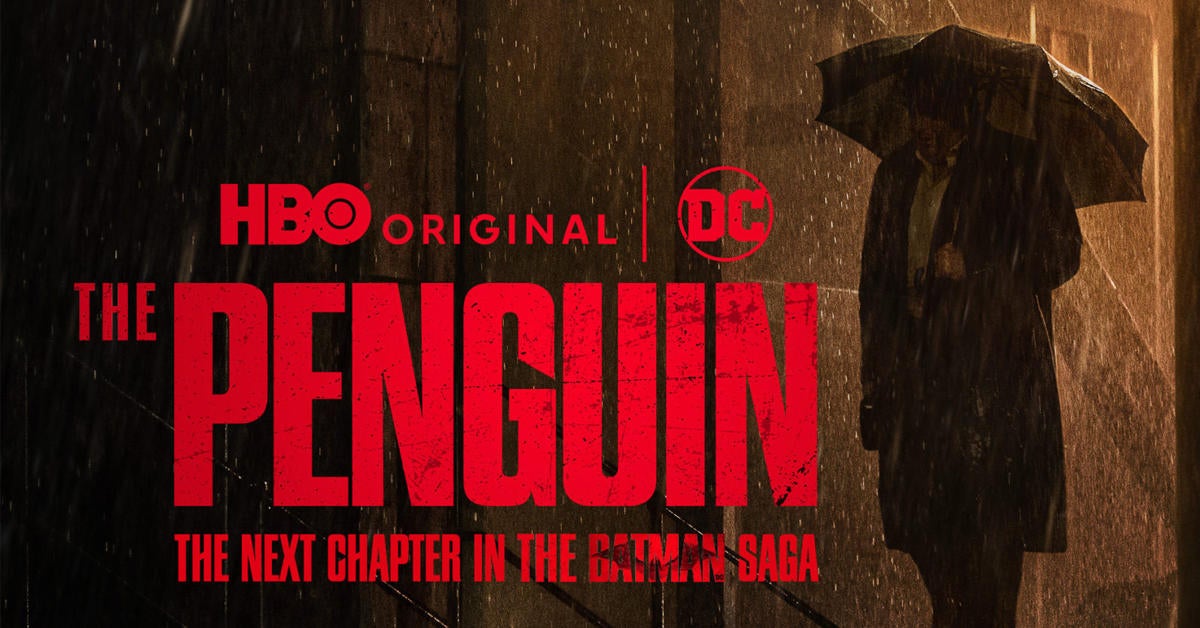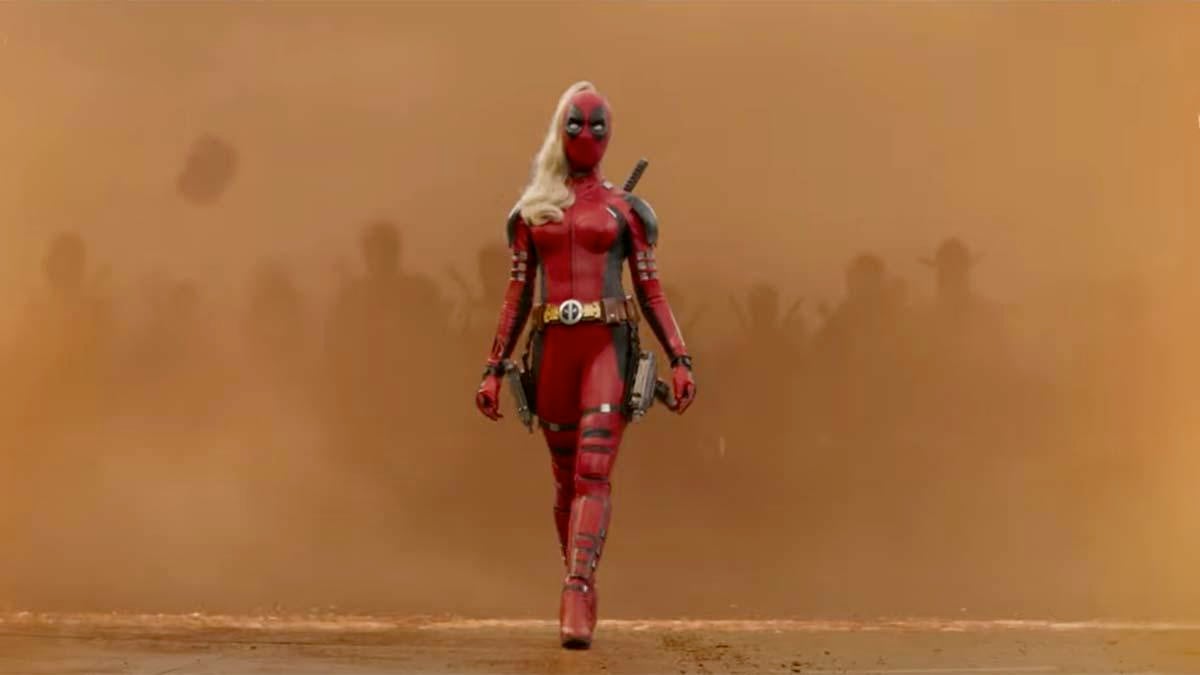Texas Chainsaw Massacre Director Talks Tackling the Legacy of Leatherface for New Sequel
The original The Texas Chain Saw Massacre is arguably one of the most effective horror films of all time, with the title alone being unsettling and evocative for audiences. While the Sawyer family serves as the main antagonists of the experience, it's the monstrous Leatherface, his chainsaw, and his mask made of human skin that are understandably the standout elements of the experience, with that original film going on to inspire a number of follow-ups for the franchise. The latest entry, Texas Chainsaw Massacre, comes from director David Blue Garcia and serves as a direct sequel to the original film, ignoring the events of its predecessors. Texas Chainsaw Massacre hits Netflix on February 18th.
Netflix describes the new film, "Melody (Sarah Yarkin), her teenage sister Lila (Elsie Fisher), and their friends Dante (Jacob Latimore) and Ruth (Nell Hudson), head to the remote town of Harlow, Texas to start an idealistic new business venture. But their dream soon turns into a waking nightmare when they accidentally disrupt the home of Leatherface, the deranged serial killer whose blood-soaked legacy continues to haunt the area's residents -- including Sally Hardesty (Olwen Fouéré), the sole survivor of his infamous 1973 massacre who's hell-bent on seeking revenge."
ComicBook.com caught up with Garcia to talk taking over the film after production started, his aims for the franchise, and if he could return to the series.

ComicBook.com: This new take on Texas Chainsaw Massacre is a direct sequel to the original and originally you weren't attached to the project, and then you came on. Did the story at all undergo any changes once you came on or was it still pretty much almost the same exact script that you were bringing to life?
David Blue Garcia: I wouldn't say that the story changed too much. There wasn't a lot of time to pivot, but as a director, I have a vision. There's certain scenes where I want things to change, or things don't make sense to me, that I was able to adjust. Most notably is, when I came on, one of the first things I added was the moment in the bus massacre. There's a bit of levity that happens before the massacre, where all the characters raise their cell phones and start live-streaming Leatherface coming onto the bus. And of course, there's the infamous line, "Try anything and you're cancelled, bro." That's one of the first things I added on one of the first calls. I wanted to bring some levity back into the film. If you watch the original film and also TCM 2, there's a lot of dark humor, and I wanted to honor that.
I believe I may have caught certain commenters on that live stream with some familiar names, but I was a little distracted actually watching the massacre to dig through all of them.
I think [producer] Fede Alvarez is in there, I think I'm in there.
You're walking into this production and a lot of the pieces are already in place, especially casting. You've got all these great, super-talented actors. Walking into the project, how much of it was, "This is going to be a bit challenging because there are some things that are already set in stone" versus, "Oh, great, some of the heavy lifting is already done for me, and now I get to work with this sandbox,"?
There was a lot of really great prep that went into the film. A lot of things already -- the cast was already in place, the sets were built. I still had time to go in and modify the sets and add windows and change things and change designs and repaint things. We had plenty of time to adjust, visually, to what I saw for the film. And, actually, it was a lot of fun. I come from independent cinema, where you often don't have time or money to do any of this kind of stuff, and you just sort of accept what's there. I was totally used to just accepting what was there and just working with what I had.
When you come into a project like this, I feel like it's inherently impossible to capture the low-budget, mid-'70s -- you cannot recreate the original film. When you came into this project, what was the core thesis or vibe or tone or messaging from the original that you tried to carry into your project? But then, also, how did you try to put your own spin on it?
The cinematographer and I, we talked a lot about "elevated grindhouse." We wanted it to feel raw and gritty, like the original, and we used a lot of old-fashioned camera techniques, simple dollies and handheld shots and stuff like that. We did want to update it for a modern audience, I just didn't want it to be too slick. I watched the original before we made this, it was the last movie I watched before I shot this film, and just the spirit and the style of that movie stuck with me. I was surprised at how colorful it actually is. People associate Texas Chainsaw Massacre with de-saturated sepia tones and things like that. But that's something that actually really was more in the 2003 film. The original film was quite vibrant, quite colorful, and saturated. So, we went with a lot of colors as well.
When you came into the production, how much of it is -- because, again, 50 years have gone by since the original film came out, and obviously through the influencer culture and gentrification and that sort of thing, how much of your approach was, "This is for the original fans, the longtime fans of the franchise" versus wanting to introduce this character and introduce this concept to an entirely new generation of horror fans?
I think that the original story is such a great story, and Leatherface is such a great character. He's iconic, and he's spawned a whole slew of copycat characters, some of whom are even more famous today, but Leatherface is the original. We wanted to honor the old film, but we also wanted to bring in new fans, and I think we did a good job. I think old fans are going to love this as well as an update to the old story and a direct sequel to the original that's continuing the story. I think it's going to inspire a lot of new fans to go back and watch the original, which is something I really want, too.
The brutality in this film is really intense, you managed to get away with lots of incredibly violent and gory scenes and imagery. Was there anything that you had to tone down for this film? Were there any more gruesome elements or more gruesome sequences that were just like, "This is too much, we need to cut that out and go a slightly different way,"?
Quite the contrary. I was constantly "toning up." When you work with Fede Alvarez as a producer, he's made some very, very shocking and gory films, and he's a master at that. I remember my first day on set, I had to shoot one of the kills for a minor character, and Fede called me the next day. He had seen the dailies and he was like, "Hey man, great job on that kill, but I want you to do it again. I just want you to go a little further, a little more blood, and then once you think you've got enough blood, put more." That was my direction for the rest of the movie. We were just constantly trying to one-up each other and get the craziest kills, the most creative kills, and just really fire a lot of blood from a squib or whatever.
It was a lot of fun to create that, and also working in the editing room and really enhancing those kills, and forcing the audience to look again, you know what I mean? Just when you think you're going to cut away from the violence to the reaction, no, we're cutting back, and we're going to show you, and you've got to keep watching it. That was our goal. It's like when you watch those old Family Guy episodes, you think the joke is over, but the camera just doesn't cut, and Peter Griffin is still holding his knee, you know what I mean? We just wanted to go so far that it became uncomfortable. So, that's what we did.
That'll be the tagline for the poster: "The new Texas Chainsaw, just like the Family Guy!"
You got to take inspiration where you get it.
WARNING: Minor spoilers for the new Texas Chainsaw Massacre below
I don't know if I would consider this a spoiler, if you feel like it is maybe a spoiler, feel free to talk around it. This whole idea of the movie is that, Leatherface has been in hiding or has just not been found for 50 years. He has not been discovered, and events go into action where his violence comes back out. Do you feel that your version of this character has been completely a recluse and isolated this entire time? Or has there maybe been times where the character had these violent outbursts, but just wasn't necessarily a "Texas Chainsaw Massacre" style outburst?
I think that's a great observation and a great question. I'm not going to say, because those stories haven't been written, but if you listen to Mama, the head of the orphanage who has been protecting Leatherface for all these years, she does suggest that he doesn't do well outside. I do think that he's probably gotten out of the orphanage and caused some trouble before, and that'd be interesting to explore in a sequel.
Since maybe there could possibly be room for another film, a sequel or a previous story, is that something that you are at all interested in, getting to come back to the franchise from day one to craft your own vision? Or do you think it was like, "I got to do my time on this, now let me explore some other projects,"?
If given the opportunity, I would love to unleash myself on this film from the beginning. I've got a lot of ideas that I had, unfortunately in the editing room, that I was like, "Ah, I should have done this, or I should have done that." There's so much I could do in a sequel, so I'd love the opportunity.
Texas Chainsaw Massacre hits Netflix on February 18th.
This interview has been edited for length and clarity. You can contact Patrick Cavanaugh directly on Twitter.




